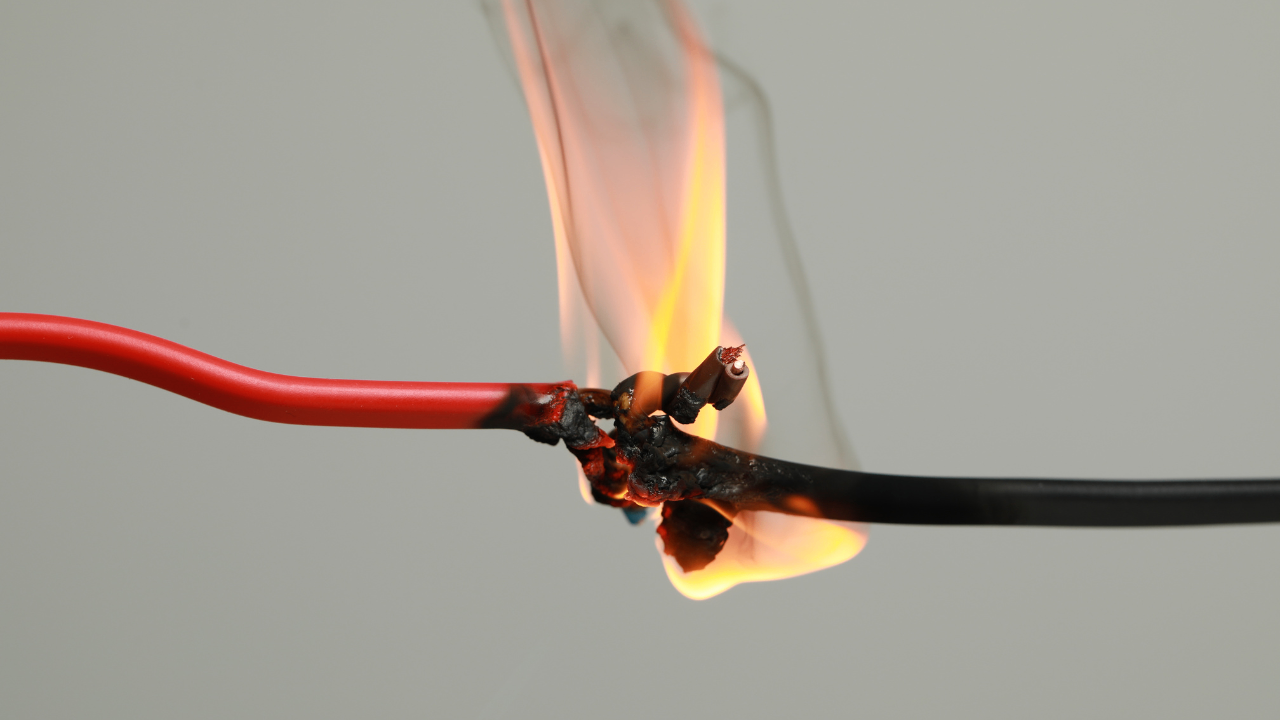A short circuit is a commonly used term when it comes to electrical appliances. It means a situation in which a faulty connection or damaged wire causes electricity to travel along the wrong route and damage an electrical device.
Why is a short circuit caused?
There are various ways in which a short circuit could happen. While some reasons concern wiring and its material, other reasons include overloading.
What is meant by overloading in this context?
In a 3-phase system, each phase is designed by your electrician to handle a specific amount of electrical load. It is ideally designed to be a balanced load system in each phase, which would usually look something like this

Screenshot from Soul dashboard depicting a balanced electrical system
Over a period of time, you start adding/ removing equipment in your location, which could lead to an imbalance in phases. Here’s how it looks:

Screenshot from Soul dashboard depicting a phase-imbalanced electrical system
This usually leads to one phase handling more loads than required. In most cases, imbalance loads affect the power factor and this is how it happens:
- Decreased Power Factor — This occurs because the current drawn by each phase is not proportional to the voltage, resulting in a phase shift between voltage and current. The phase shift causes reactive power to flow in the system, which reduces the overall power factor.
- Increase in Reactive Power — In an imbalanced system, reactive power flows due to phase differences between voltage and current. Reactive power does not perform useful work but is necessary to maintain the magnetic fields in inductive components such as motors and transformers. When the load is imbalanced, the amount of reactive power required may increase, leading to a lower power factor.
- Voltage Fluctuations — Imbalanced loads can cause voltage fluctuations, which further impact the power factor. When the voltage varies significantly across different phases due to imbalanced loads, the reactive power requirements may change, affecting the overall power factor of the system.
- Inefficient energy use — A decreased power factor indicates inefficient energy use in the system. Power companies often charge penalties for low power factor because it requires them to generate and transmit more power to meet the apparent power demand, even though much of it is reactive power.
Also, there could be one of the phases that handles more single-phase loads like lighting than others. This would also cause issues like Overloading, Voltage fluctuations, Equipment damage, Power quality issues etc.
Such short circuits could happen in a single-phase supply system too, if you are not aware of the maximum load your wiring can sustain.
But how can we keep track of such intricate details which are anyway not visible to the naked eye, but also not possible to track using regular equipment? This is where Soul helps.
Soul is an IoT platform that keeps track of critical electricity parameters and identifies any power inefficiencies, like the ones that are mentioned above. Not just that, but the ML behind also generates automated reports with actionable insights to fix these issues or any others that are identified.

